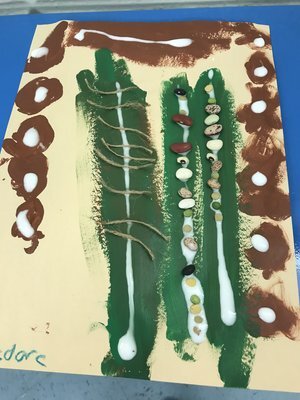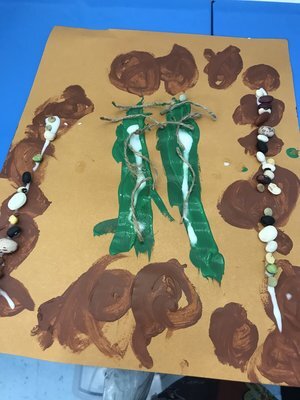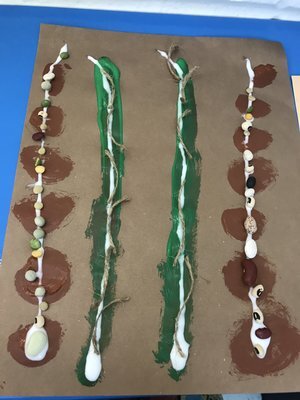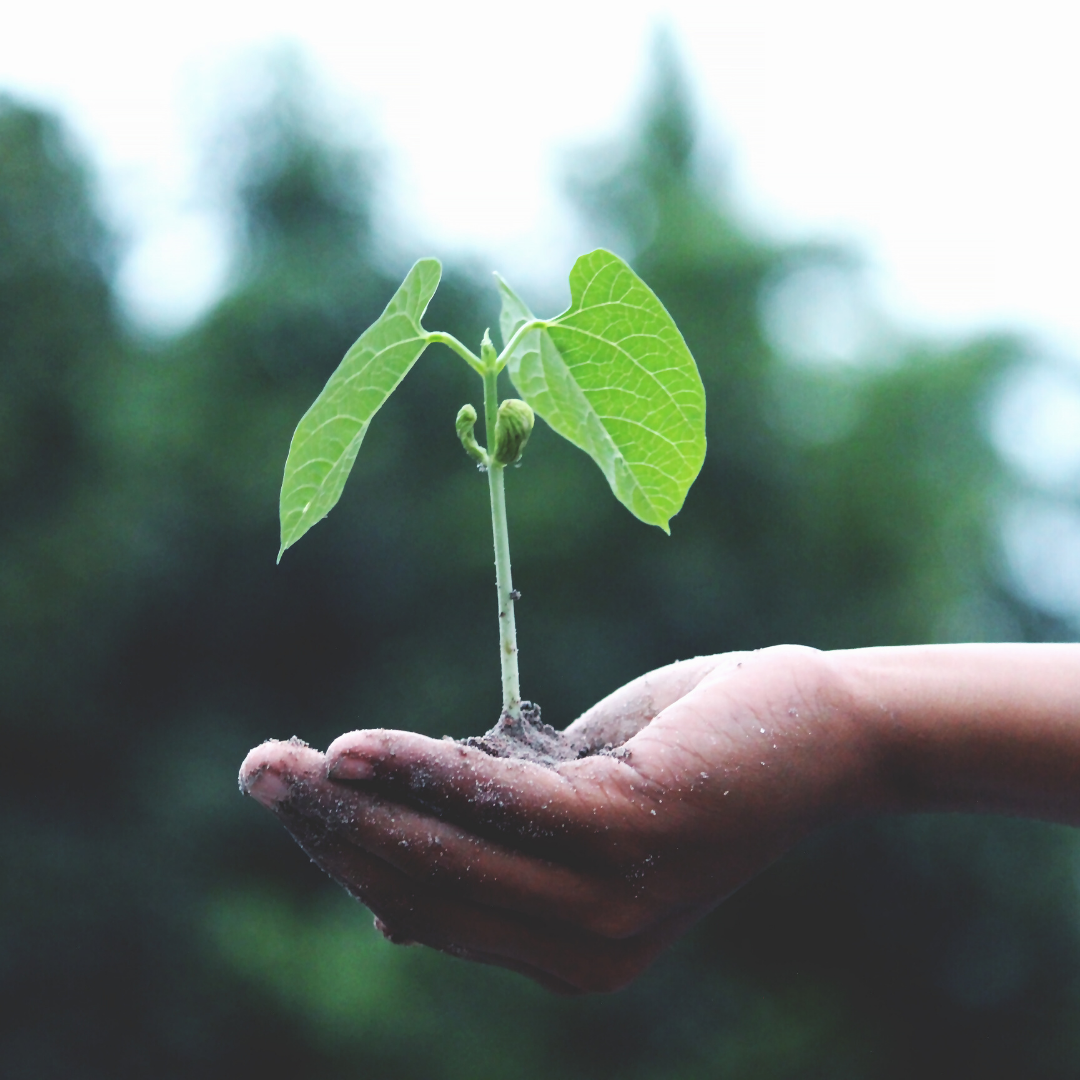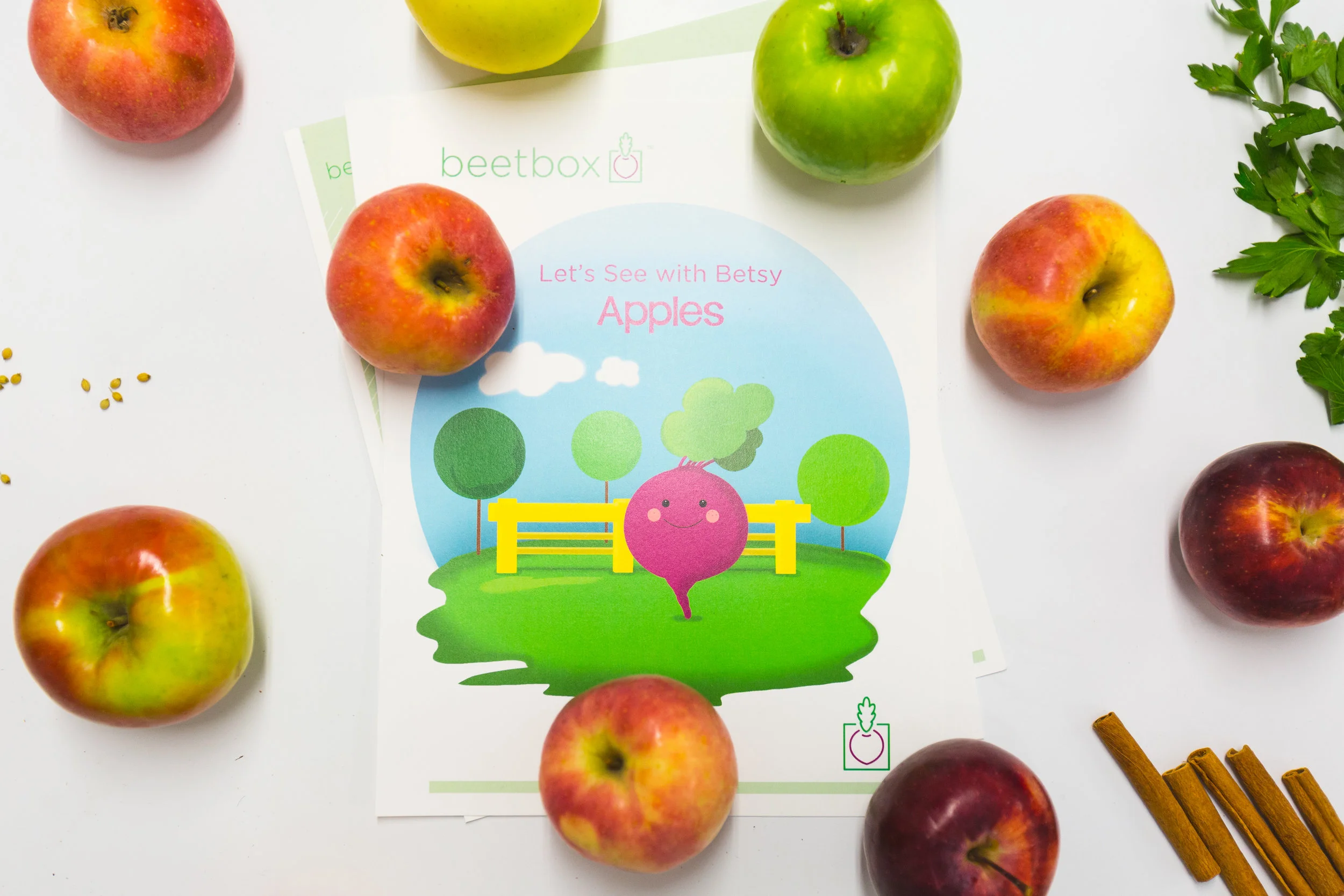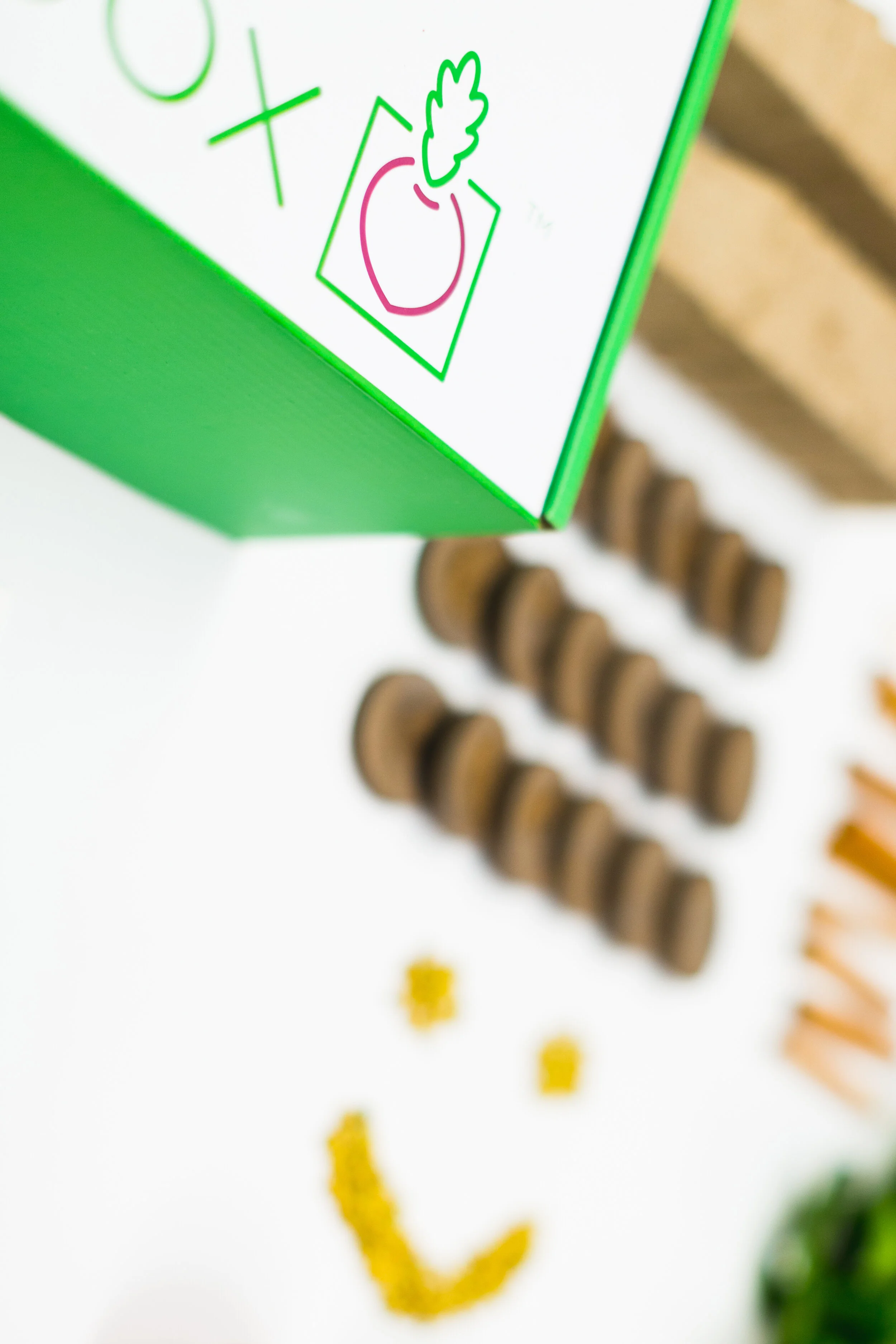Crafts vs Process Art - The Important Difference
Parents,
I’m excited to share this simple, yet remarkable project that tied together so many different learning opportunities in a Pre-k classroom of 4 year old students, and discuss the difference between crafts and process art, and how they can be applied to STEAM learning concepts. You can make this magic happen easily, in your very own homes!
These particular Pre-K children have been spending the last few weeks studying the “strings” that suck up water in root vegetables, such as celery and turnips, vs plants we eat that have seeds. Children observed that much like themselves, plants need water to survive, and actually drink it. We started by discussing how we drink water. We use our mouths, drink from a cup, or sometimes use a straw. From the straw comparison we were able to draw a connection to the tubular structures in the celery, and the roots on the parsnips and turnips, that are very similar.
The classroom also happened to be in the middle of their transportation unit, so we looked at arial shots of a farm that could have been taken from an airplane or helicopter.
The children observed the different shapes and colors of the rows on the farm from up above. We then used real seeds, twine, glue & paint to create process art. Process art is very different from a craft, explained below.
It’s sometimes expected by educators and parents alike that children will bring home cute craft projects. While crafts are fun and enjoyable, the focus of a craft is usually a specific end result, which unfortunately leaves children with little flexibility to be as creative as they please. When a craft is completed, usually, every child’s project will look the same. Furthermore, crafts require a lot of additional preparation time for the teacher, with a limited range of results.
Process art is all about the experience that children have while creating their art, and removing the focus on the end product. You can check if the activity is true process art by asking yourself two questions:
1. Am I expecting the end result to look a certain way?
2. Do I have an idea in my head of what the end result should look like?
If the answer to either is yes, then it is probably not process art. The farm row process art exercise proves that you really can teach a multitude of subjects using natural materials, even food! There is so much STEAM, & so many standards covered in this simple exploration: natural science, nutrition, shapes, color, fine motor, math, life studies and more.
Below are some more of the learning opportunities that can take place during process art:
Fine motor skills
Gross motor skills and coordination
Sensory exploration
Literacy
Math
Science
Language
Art history
Creativity and self-expression
Art techniques
Risk-taking
Spatial reasoning
Other materials that can be used to create process art are cotton balls, paint brushes with glue, wire, paint, sponges, rocks, twine, recycled materials such as paper tower rolls or tissue boxes, gems and clay, seeds, leaves, twigs, beans, rice, and pieces of fabric.
Process art tends to be a little messy as we encourage free exploration, so don’t forget to prepare accordingly by laying down a mat or giving children smocks.
As an educator & Co-founder of beetbox, I’m so thankful for special learning moments like this where children are really able to connect and create alongside their teacher and families.
Rebecca
Co-founder
Beetbox
Check out our free parent download containing 30+ hands on activities for you to engage your children, with STEAM based seed to table activities.
Give our suggestions a try, and let us know what you think in the comments below! Don’t be afraid to pass along and share with friends and family. The healthier we all are, the better!

